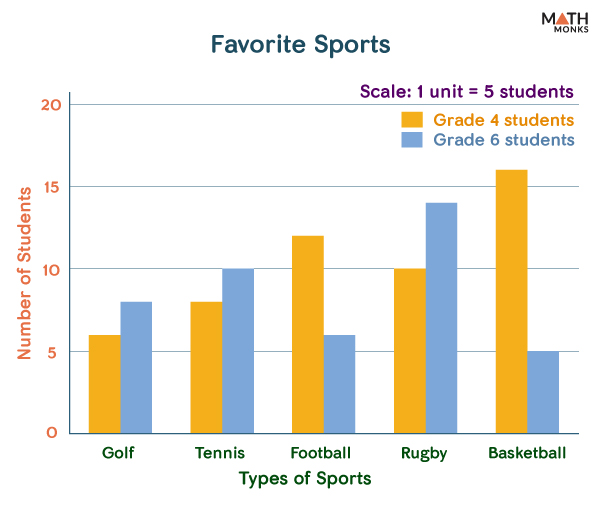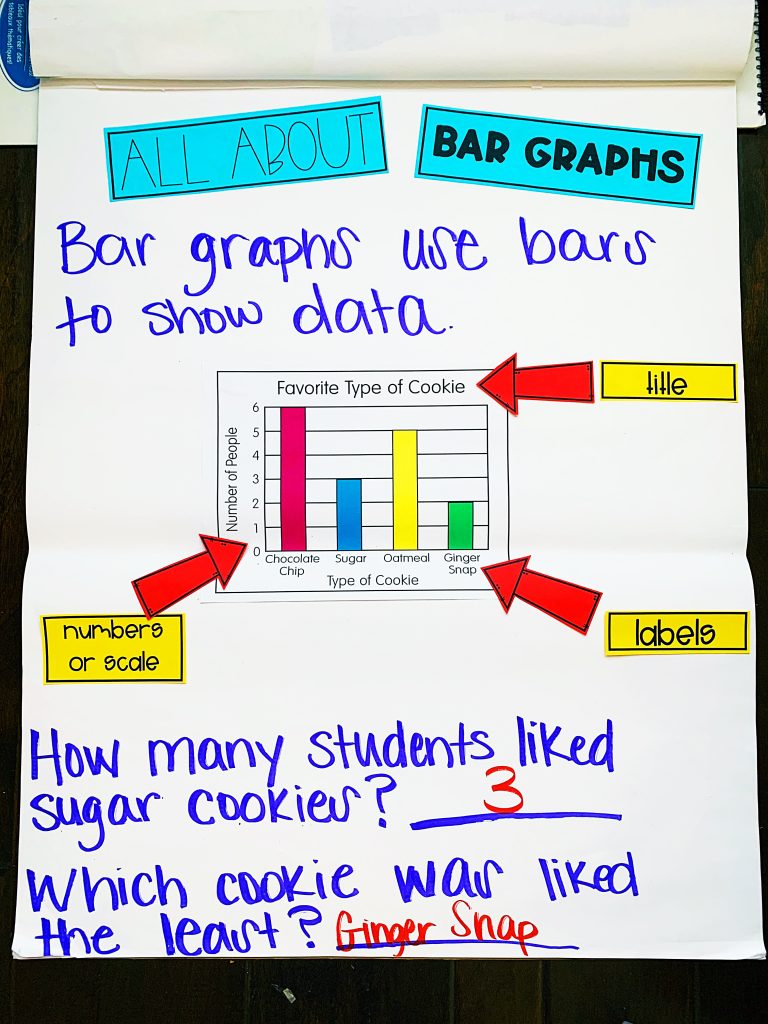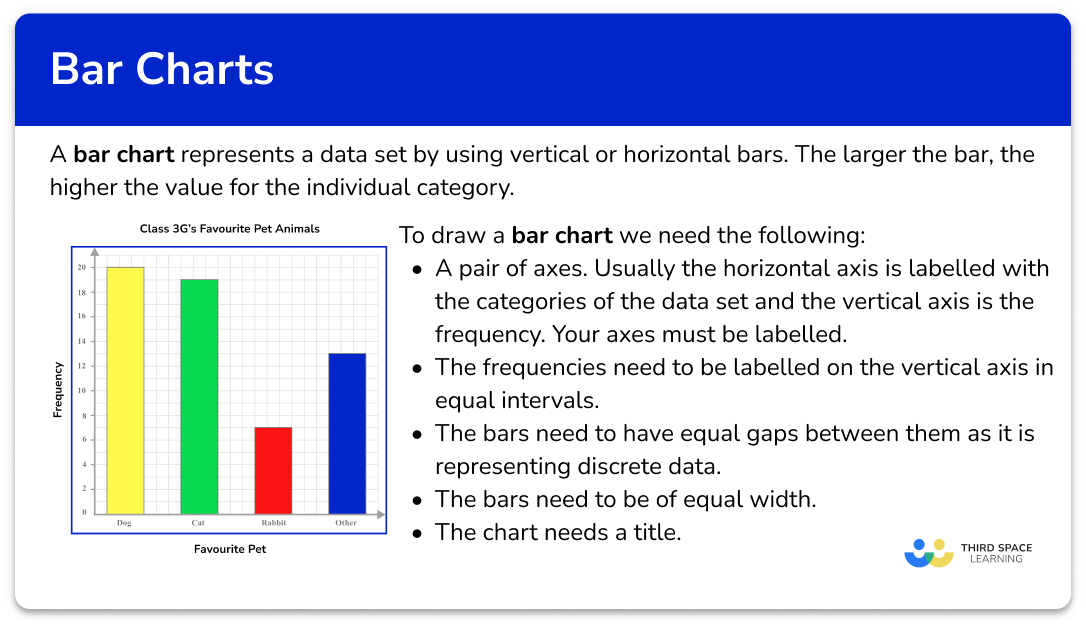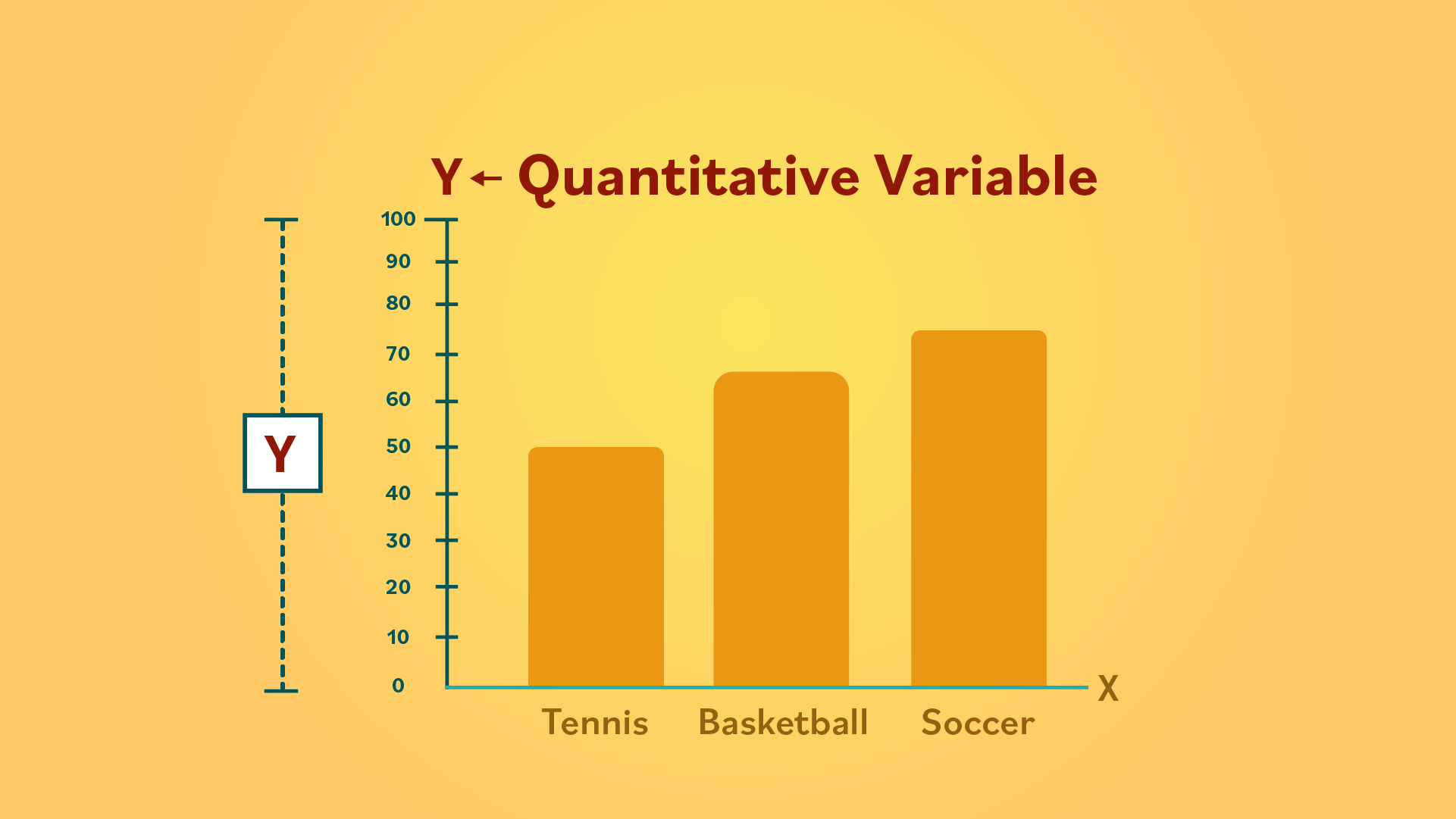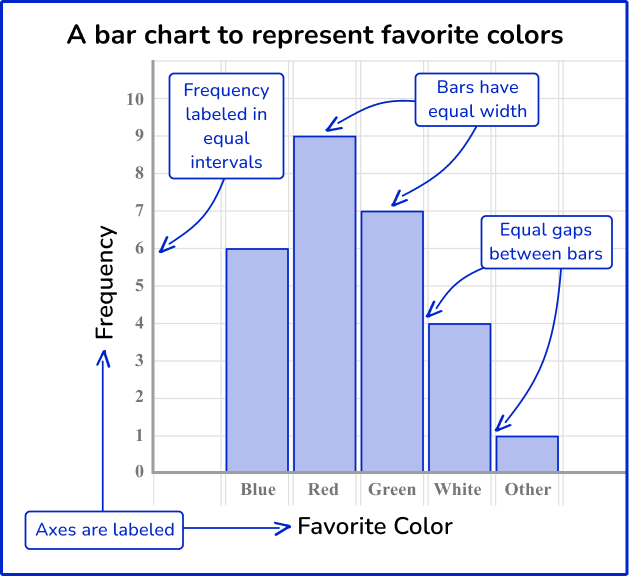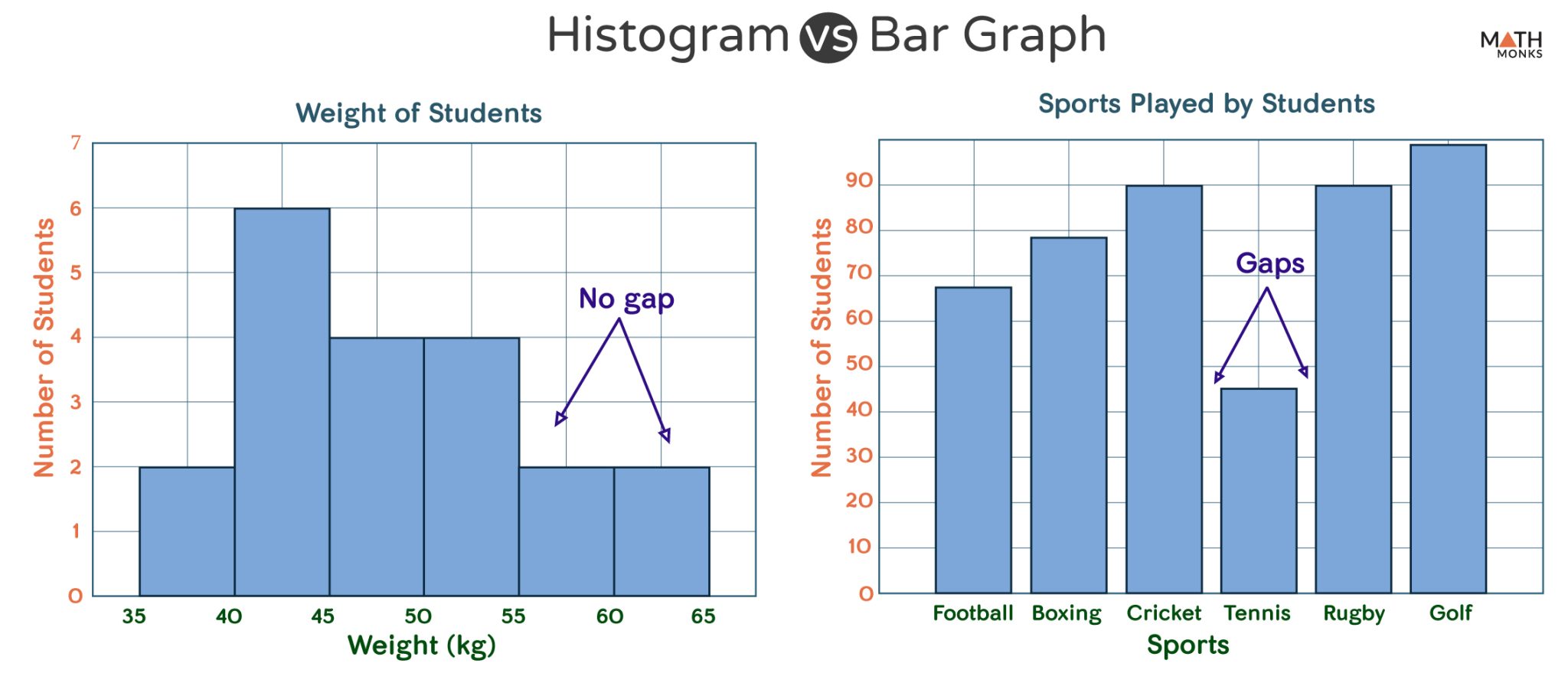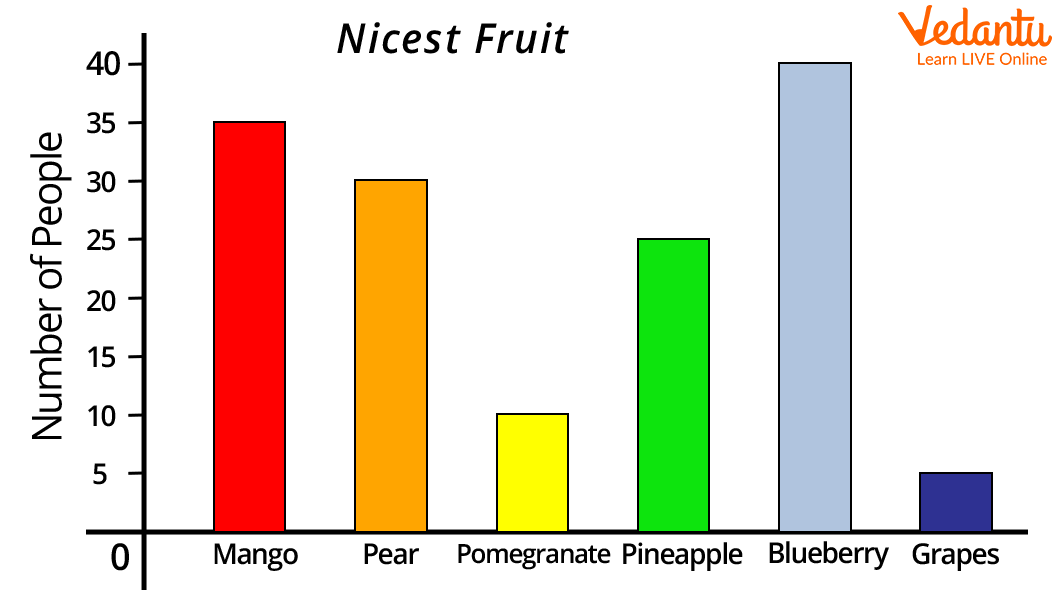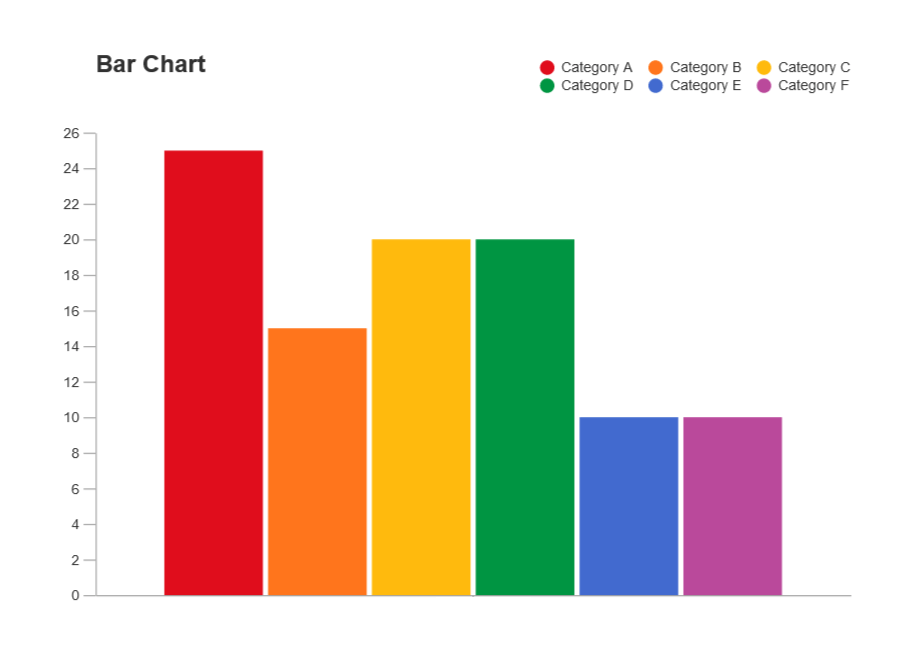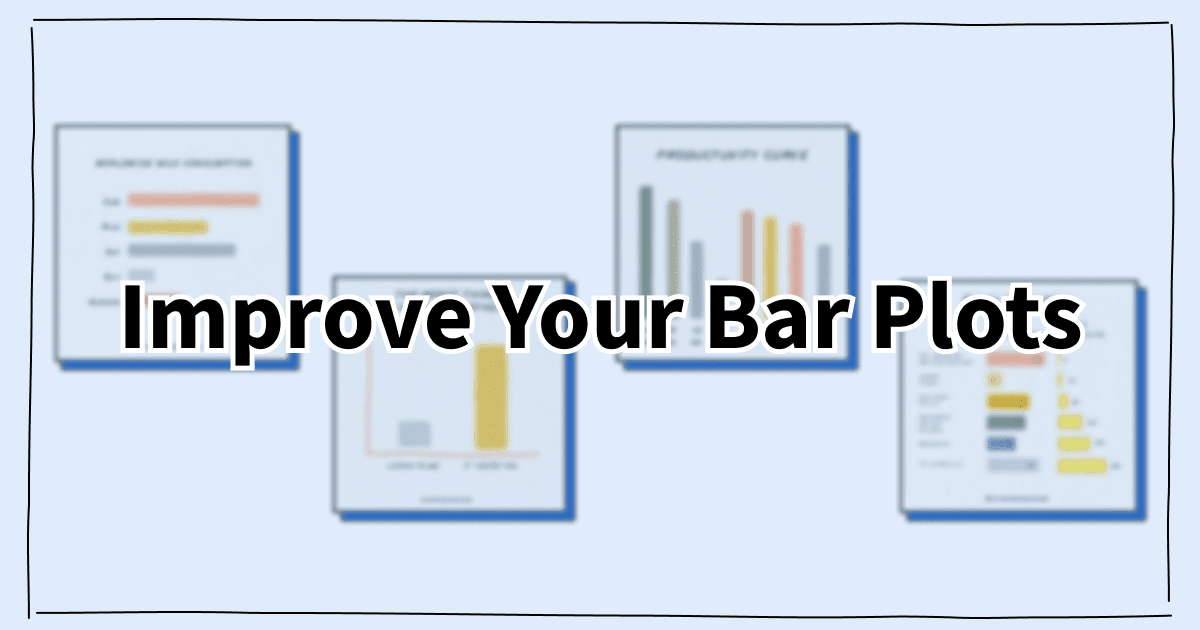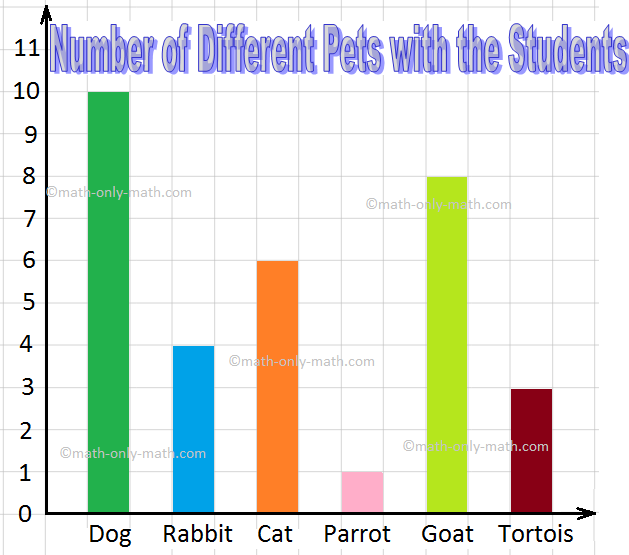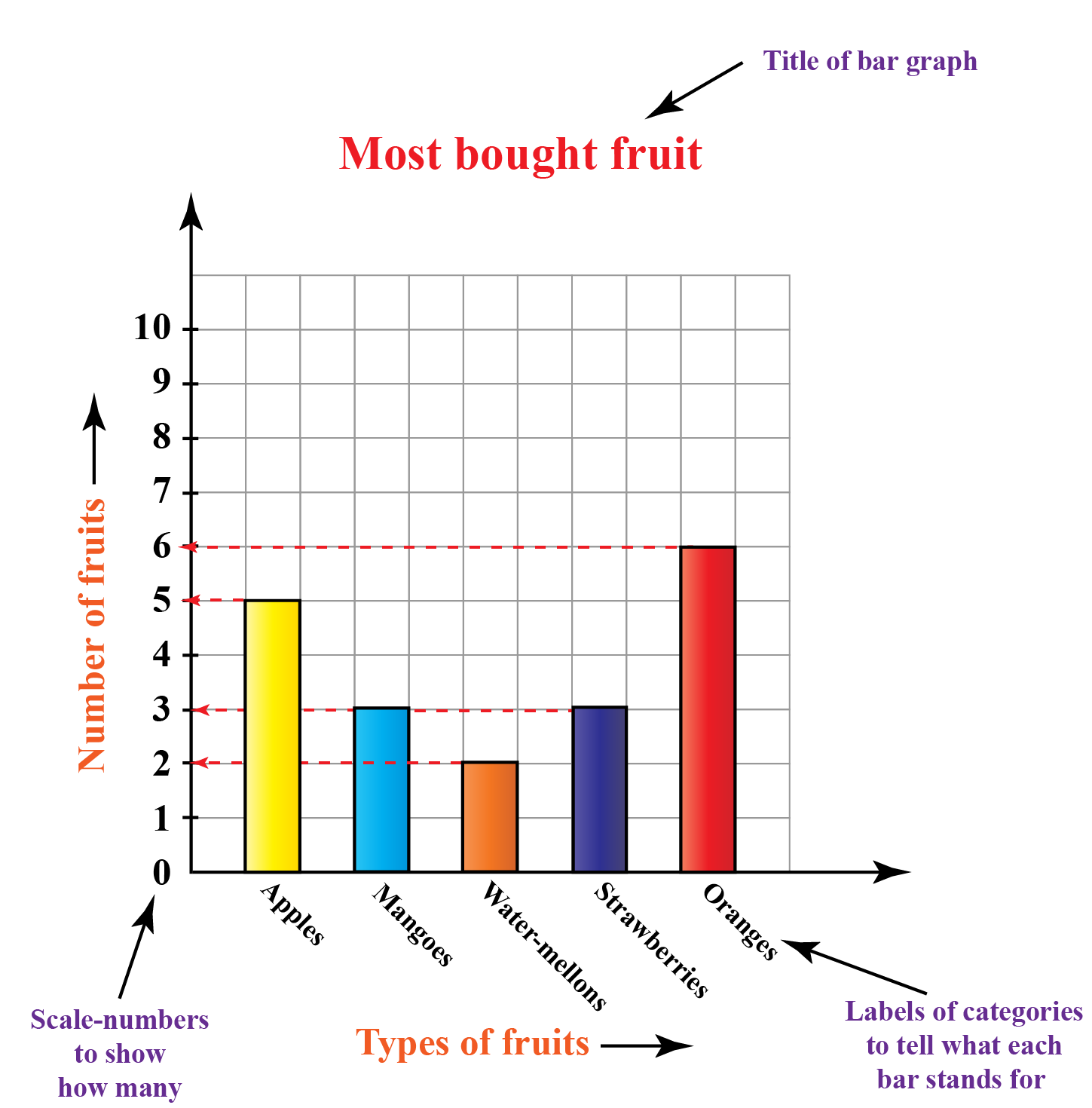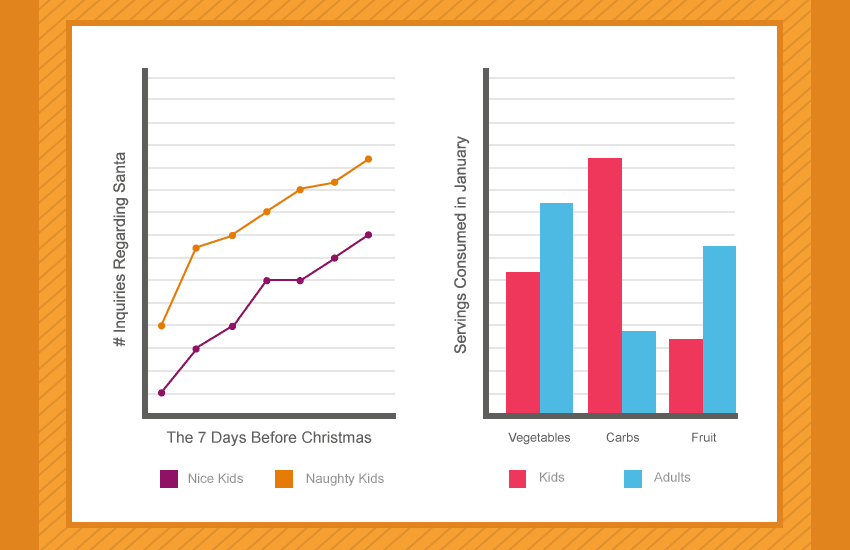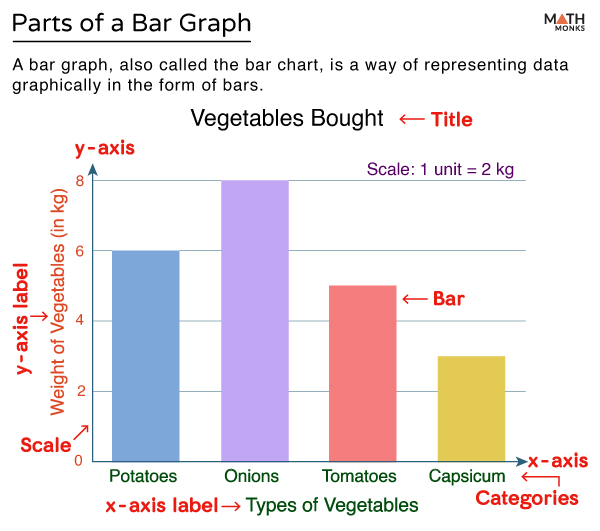Fantastic Info About Why Use Bar Graph Instead Of Line React Horizontal Chart
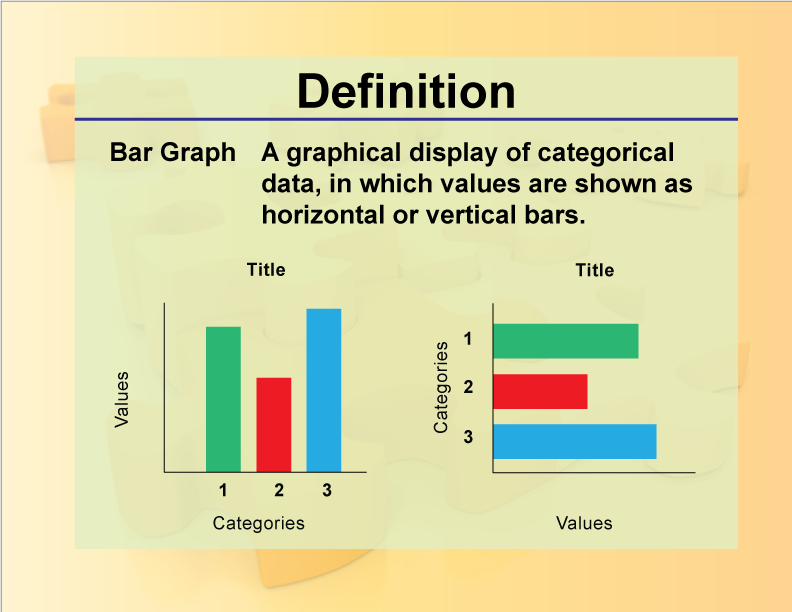
A bar graph is very similar to a line graph in the sense that it is designed to show different values of two or more subjects but instead of using lines it using horizontal and vertical bars that represent a different value.
Why use bar graph instead of line. Line charts join data points with lines, emphasizing movement and flow, ideal for viewing data patterns over periods. There are a variety of graphs that can help highlight patterns and be used. And honestly, go with your gut.
Bar graphs and line graphs are two different ways of visualizing data. That’s why many educators and communicators turn to graphs. For extremely long time series where showing the overall trend is important, consider using a line or an area chart instead.
In short, a pie chart can only be used if the sum of the individual parts add up to a meaningful whole, and is built for visualizing how each part contributes to that whole. Bar charts can also be used to combine datasets or show how subcategories compare—for example, the number or percentage of votes each candidate for office received broken down by voter age. It consists of bars of equal width, with spaces between them to signify distinct categories.
In this lesson, you will learn to differentiate between bar graphs and line graphs as you practice creating each type of graph. Here are the 10 best ways to illustrate comparisons without using a bar graph. Graphs are a useful way to show numerical data.
The differences between line graphs, bar charts and histograms. They are effective tools for helping people visualize and comprehend large amounts of data. This is problematic, as many different data distributions can lead to the same bar or line graph.
Each graph type specializes in telling a certain type of story. Compared to the bar graph, a line graph is a better choice to visualize the relationship between two variables over time or space. Bar charts, contrastingly, use horizontal or vertical bars to compare discrete variables or categorical data across groups—think snapshots of data at a standstill.
Updated may 11, 2018. Why we use the bar graph so darn much. A line graph which is a whole unbroken line is called a linear graph.
James_f=names[(names.name=='james') & (names.sex=='f')] plt.plot(james_f['year'],james_f['births']) plt.show() but then i change condition, just delete one of them, and then it starts to draw bar chart. A bar graph that shows data in intervals is called a histogram. A line graph is used to display data that changes continuously over periods of time.
They can also track changes over the same period for multiple groups. The argument is that because bar charts encode data by length, truncating the axis naturally misleads your audience. When smaller changes exist, line graphs are better to use than bar graphs.
For proportions, use bar graphs or pie charts. A histogram is on the left, and to the right is a bar chart (also known as a bar graph). The continuous nature of these charts draws the eye to the overall shape of the trend, while the bars in a column chart instead lend themselves to comparisons between individual values.

![What is Bar Graph? [Definition, Facts & Example]](https://cdn-skill.splashmath.com/panel-uploads/GlossaryTerm/7d3d0f48d1ec44568e169138ceb5b1ad/1547442576_Bar-graph-Example-title-scale-labels-key-grid.png)
